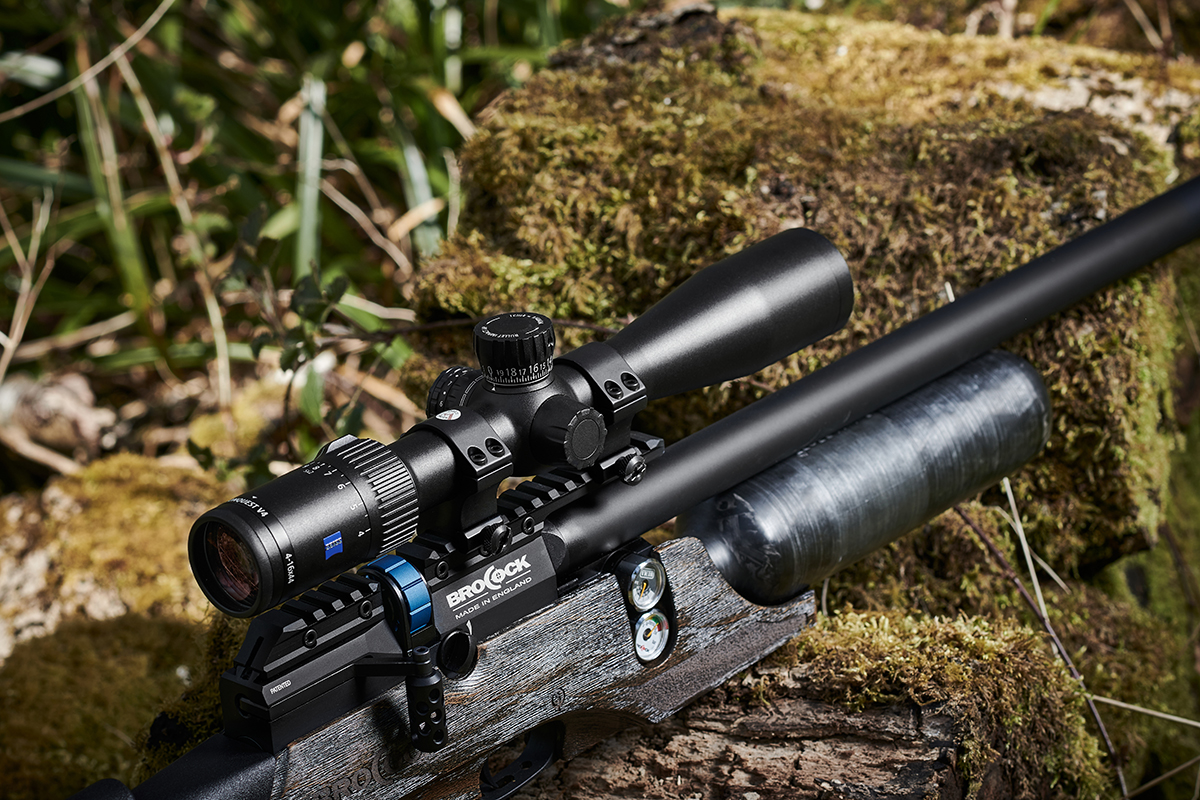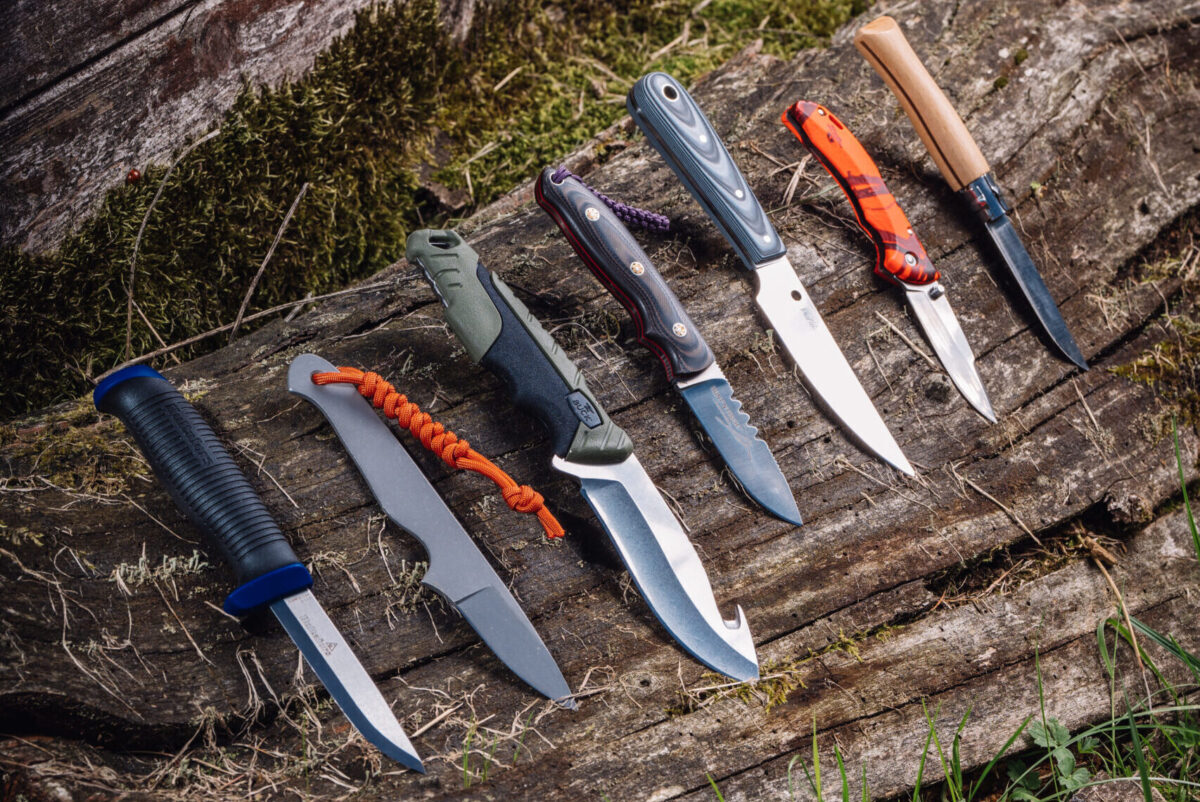Is a high-end scope worth the money?
Mike Morton gets his hands on a ZEISS Conquest V4 as he tries to answer the age-old question of how much we should be spending on a high-end scope

One piece of advice that I’ve repeatedly heard throughout my shooting career is to buy the best telescopic sight you can afford. When I was first told this, I didn’t really pay much attention because having splashed out on an air rifle, a scope seemed a secondary consideration when I counted up what little money I had left. But the advice was nevertheless sound, because you’ll never be able to hit a target if you can’t see what you’re aiming at, and a good scope should let you see the target better. At the most basic level, irrespective of any extra features a particular optic might offer, it’s safe to say that a high-end scope is made with better glass with better coating.
But what does that mean in practice? If you were to go to a gun show or game fair and look through two scopes in sunny conditions, one scope being high-end and the other less so, you may not immediately notice any difference.
That’s because most scopes perform perfectly well in good conditions. So if you can guarantee that your shooting will always be carried out in decent levels of light, either indoors or outdoors, then you might well be perfectly happy with a scope from the lower end of the fiscal scale.
Seeing the light
However, poor light is what really separates one scope from another, as I will hopefully illustrate with the following tale. Many years ago I went on a long-range shooting course in Wales. I think it was in the summer, but because this was Britain it was raining pretty heavily anyway.
My scope wasn’t bad by any means, and the glass was reasonably good, even in the murky, wet conditions. But the reticle didn’t offer as much fidelity as I needed and the crosshairs were too thick, partially obscuring the target 800 yards away. The instructor took pity on me and let me use his rifle. While his gun was lovely, it was the scope on top that was the standout feature.
The image wasn’t just good, it was great, being wonderfully bright, and the reticle was ideal for the type of shooting we were doing. This scope was a ZEISS and I badly wanted one for myself, a desire that was utterly justified when I started pulling the trigger and ringing the gong 800 yards away with each shot.
This was one of those defining moments when I realised that better-quality equipment can definitely give you an edge when it comes to shot placement, building on your existing levels of skill and experience.

A high-end scope like this will offer positive clicks that will shift a pellet’s point of impact by predictable and precise increments
Parallax power
The ZEISS Conquest V4 in question was mounted on a centrefire, however, and way back then, using any high-end scope with an air rifle was a different matter altogether. Most scopes of this type were expected to be used far in excess of airgun distances, so the minimum distance they would parallax down to would be 100, or if you were really lucky, 50 yards.
Any airgun shooters wanting to use such an optic would therefore either have to put up with it being slightly out of focus, which would of course defeat the object of buying a crisp, precise optic in the first place, or re-parallax it so it would focus down to shorter airgun distances.

One of the main benefits of a higher-end scope is increased light transmission thanks to the quality of the lenses and their coatings
Re-parallaxing a scope is a potentially risky process that can easily void a warranty or even damage a scope, and because I’m not a wealthy man this is not something I ever tried to attempt myself. Fast-forward a couple of decades, and that’s all changed, so in addition to those manufacturers who always catered to the airgun market, we now have traditional centrefire scope-makers producing optics that are now appropriate for airgun use, such as ZEISS and its Conquest V4 range, as the telescopic sights in this line-up will parallax down to 10 yards.
As with most things in shooting, it really pays to know exactly what you want your scope to do and how it will be used in order to maximise both the utility and enjoyment of any new purchase. With so many options, it’s now easy to grab an off-the-shelf, high-end optic that’s tailored just right for your needs.
A conquest of design
ZEISS was kind enough to lend me a Conquest V4 4-16×44, so I had a few weeks to try out this scope and decide whether it was necessary or desirable to fit a truly high-end scope to an air rifle. No scope will allow a 100% transference of light through the lenses, with anything over 90% being deemed to be very good.
One thing I’ve noticed before, and to this day do not fully understand the reason why, is that although the amount of light passing through the scope lenses ends up being less than the light going in, the image still manages to appear brighter. I really don’t know the physics behind this phenomenon, but it’s there nonetheless. If you know the real explanation then please let me know. Anyway, as expected, any targets viewed through the Conquest V4 really did seem to pop out in a near-3D effect. This happened in a variety of lighting conditions, and was exceptionally apparent in overcast conditions.
I showed the scope to a photographer friend of mine, who has an incredible knowledge of lenses, and he was extremely impressed with the image quality, talking about colour saturation and contrast, things I hadn’t really consciously considered before.
In any case, there was no doubt in either of our minds that this scope definitely delivered in terms of optical clarity. Would I buy a scope like this on the strength of that alone? While I know what my answer would be, sadly that’s one for my bank manager and my wife to decide.

A high-quality scope will offer a definite increase in performance and will be a pleasure to use, but of course has to be affordable for the individual shooter
It’s no surprise then for me to declare a high-end scope like the Conquest V4 to be utterly desirable, and I think most people would agree.
In low-light conditions, such a scope would let you see more clearly. And if you’re a hunter who likes to set off early as the sun rises, or perhaps enjoys shooting late into the evening as the sun goes down, it would let you shoot for longer, and with less eye strain.
What about those people who only shoot in good lighting conditions? I’d say you’ll still get an edge, and the scope will ultimately be more pleasant to use.
In addition to optical quality, factors to consider include build quality, especially in terms of the smooth, consistent and reliable operation of the controls, notably adjusting windage and elevation. My standard method of testing this is to shoot the box, maintaining a consistent point of aim while adjusting windage up, to the right, down and to the left, with the five shots ideally making a perfect square and the last pellet hole touching the first.
Telescopic sights don’t follow fads or fleeting fancies. What you are getting for your money are tangible, measurable things in addition to more subjective things such as the pure joy of owning and using a precision instrument.
Should you buy a high-end scope? That’s for the individual to decide. For some the extra benefits will be nice, but not needed, while for others they’ll be essential. Ultimately the choice comes down to just one thing: can you afford it. And for those that can, the world is looking brighter.







